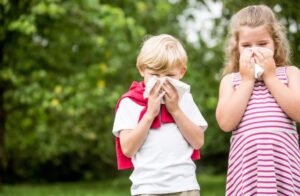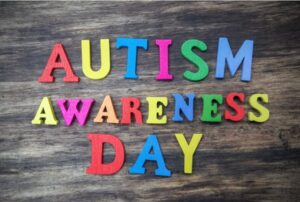Bullying behavior is common during childhood. While many kids may go through a phase of bullying, it’s crucial for parents to understand how to address their child’s bullying behavior. Bullying not only harms the victim but can also negatively impact the bully's psychological development. Here are some practical tips for parents to effectively deal with this issue.
1. Identify Bullying Behavior
First, parents need to understand what constitutes bullying. Bullying typically involves repeated, intentional harmful actions, which can be physical (like hitting), verbal (like name-calling), or social exclusion (like isolating a child). Recognizing these behaviors helps parents take timely action.
How to Identify Bullying:
- Observe Behavior: Pay attention to your child's interactions with peers. If they often display aggressive or insulting language, it may be a sign of bullying.
- Talk to Teachers: Regular communication with your child's teachers can provide insights into their behavior at school.
- Listen to Other Parents: Feedback from other parents can help you understand your child’s behavior in a broader context.
2. Open a Dialogue
Once you suspect your child is bullying others, it's essential to have an open conversation with them. Approach the subject calmly, avoiding accusations that might make them defensive.
Tips for the Conversation:
- Stay Calm: Use a calm tone to help your child feel safe sharing their thoughts.
- Ask Open-Ended Questions: Encourage your child to express their feelings and motivations behind their actions.
- Listen Actively: Show empathy and understanding, which can help your child feel comfortable discussing their behavior.
3. Help Them Understand Consequences
Children often do not fully grasp the consequences of their actions. Help them understand how bullying affects others and the importance of empathy.
Ways to Teach Empathy:
- Role-Playing: Engage in role-playing scenarios to help your child see things from the victim's perspective.
- Discuss Real-Life Examples: Share stories from news articles or books that illustrate the impact of bullying.
- Encourage Kindness: Promote kindness by engaging in activities that benefit others, such as volunteering.
4. Set Clear Boundaries
Establish clear rules regarding acceptable behavior and the consequences for bullying. Make it clear that bullying is not tolerated.
Steps to Establish Boundaries:
- Create a Behavior Contract: Work with your child to create a written agreement outlining acceptable behaviors and consequences for bullying.
- Follow Through: Consistently enforce consequences if your child continues to bully others.
5. Monitor Their Social Interactions
Keep an eye on your child’s friendships and social interactions. Encourage positive relationships and discourage friendships that promote negative behavior.
Tips for Monitoring:
- Limit Screen Time: Monitor your child’s online interactions and social media use.
- Encourage Healthy Friendships: Promote friendships with children who exhibit positive behavior.
6. Seek Professional Help if Necessary
If your child continues to exhibit bullying behavior despite your efforts, it may be time to seek professional help. A counselor or psychologist can provide additional strategies and support.
When to Seek Help:
- Persistent Behavior: If bullying continues or escalates, professional intervention may be needed.
- Emotional Issues: If your child shows signs of emotional distress, such as anxiety or depression, consider consulting a mental health professional.
Conclusion
Addressing bullying behavior in children is essential for their development and the well-being of their peers. By identifying bullying, fostering open communication, teaching empathy, setting boundaries, monitoring social interactions, and seeking professional help when needed, parents can effectively support their child in overcoming this behavior. It’s a challenging process, but with persistence and care, positive change is possible.
References
- American Psychological Association. (2020). "Bullying."
- StopBullying.gov. (2021). "What is Bullying?"
- National Association of School Psychologists. (2021). "Bullying Prevention."













